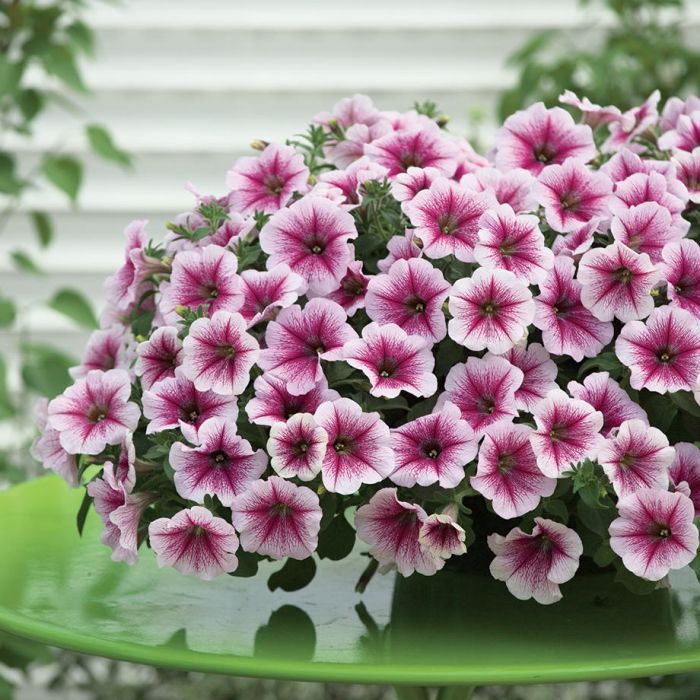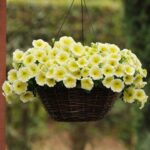How to Plant, Grow, and Care for Petunias
Pretty petunias are one of the most popular flowers because of their exceptional blooms and long flowering period. As with most annual plants, they become leggy by mid-summer, so you should prune the shoots back to about half their length. Learn how to plant and care for your petunias to keep them blooming.
About petunias
Petunias are treated as annuals in most areas, but can be grown as tender perennials in zones 9 through 11. The flowers come in many colors and patterns and bloom from spring until frost!
These colorful annuals can really add pop to a front yard and are often used in borders, containers, hanging baskets or even as a seasonal ground cover. Some even have a light scent. Their height can vary from 6 inches to 18 inches, and they can spread anywhere from 18 inches to 4 feet off the ground.
Types of Petunias
Petunias are divided into several groups based primarily on flower size:
Multiflora petunias are the most durable and productive. They have smaller but more profuse blooms and are ideal for a summer border or in a mixed border (because they are more tolerant of wet weather).

Grandiflora petunias have very large flowers and are best grown in containers or hanging baskets (because they are more susceptible to rain damage). These large petunias often don’t do too well in the south because they’re prone to rot in humid, hot summers.
Floribundas: Floribundas fall between the Grandiflora and Multiflora groups. Like the Multiflora varieties, they are floriferous and form medium-sized flowers.
Millifloras: Milliflora petunias are much smaller than any other petunia on the market. The blooms are only 1 to 1½ inches across, but they are prolific and last all season!
Spreading or Trailing Petunias: These are low-growing and can spread up to 3 to 4 feet. They make a beautiful, colorful ground cover as the flowers form the full length of each stem. They can be used in flower boxes or hanging baskets.













































